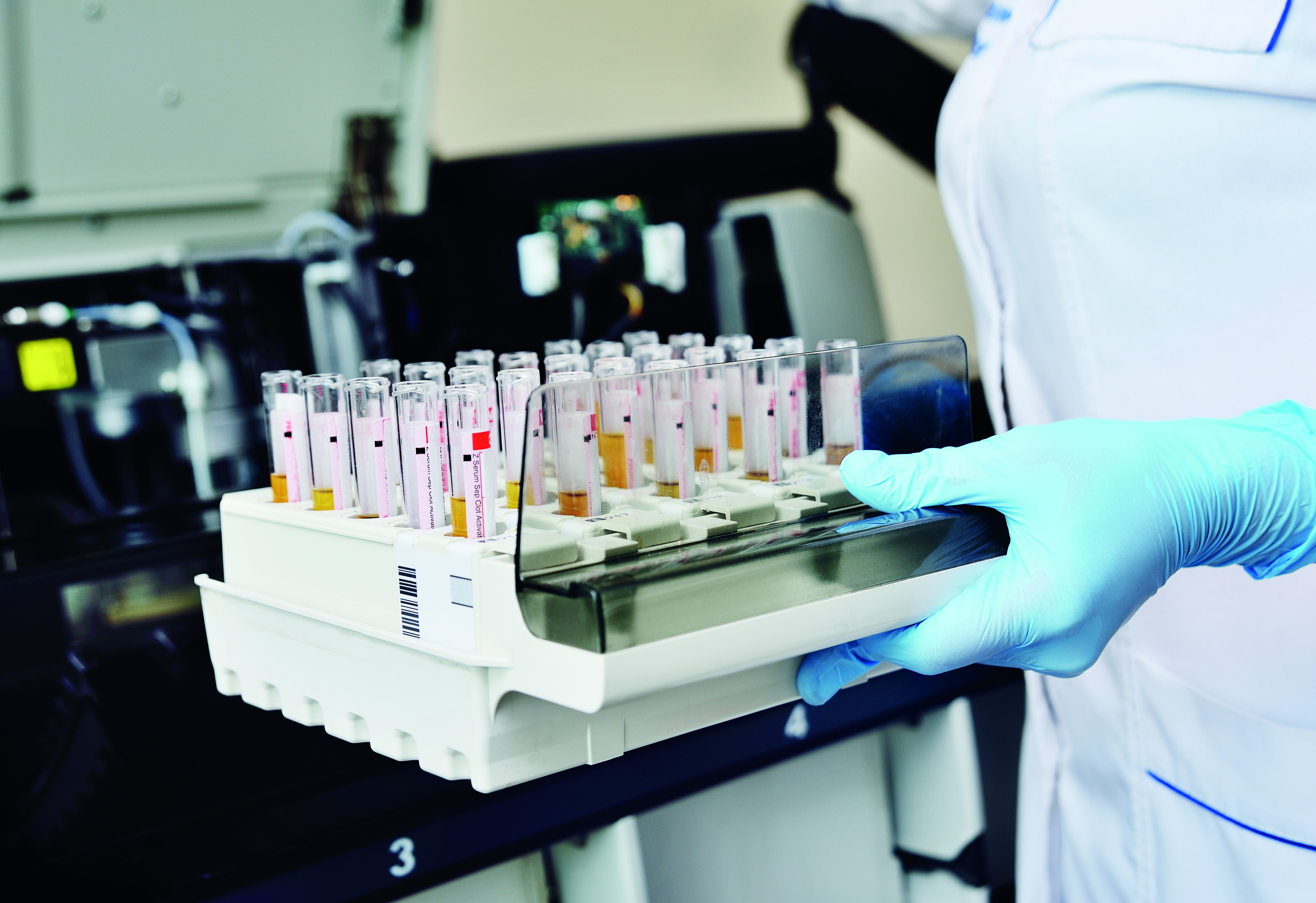A team of scientists has found that DNA fragments in the urine are not degraded at random or too short to provide any meaningful information.

They claim the fragments could even indicate a difference between healthy individuals and those with cancer.
Senior author Muhammed Murtaza said: “There are many steps between where we are now and where we want to go – detecting cancer from a urine sample – but without doubt this is an encouraging first step.”
By studying tissue samples from children with various cancers, whose malignancies often move extraordinarily fast, and adults with pancreatic cancer, whose early detection is critical to their disease outcomes, the researchers mapped the DNA fragmentation profiles in their urine.
Murtaza said: “We found that certain regions of the genome are protected from fragmentation in urine from healthy individuals, but the same regions are more fragmented in patients with cancer.”
The fragmentation profiles were remarkably similar across multiple individuals; the length of the DNA fragments were similar, the regions of the genome where the fragmentation occurred were consistent, and informed researchers what type of cells contributed the fragments.
Image Credit: Shutterstock




